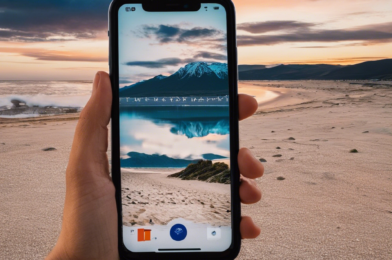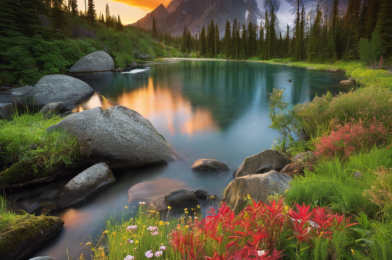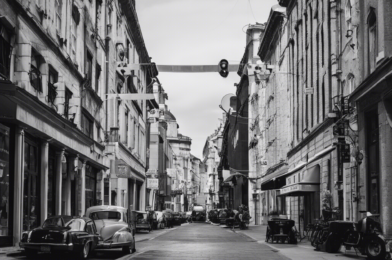Photography is an art, a science, and a passion for many, offering a unique way to capture and interpret the world around us. For photographers, the exposure triangle is a fundamental concept, a triumvirate of settings that can make or break an image. The three elements, ISO, aperture, and shutter speed, work in harmony to let the right amount of light hit the camera sensor, creating a perfectly exposed photograph. This delicate balance is an essential skill for photographers to master, offering creative control and the ability to adapt to any lighting condition.
Let’s start with ISO, which is essentially the camera sensor’s sensitivity to light. A lower ISO setting means the sensor is less sensitive to light and is ideal for bright conditions, producing sharp and crisp images. In darker environments, increasing the ISO makes the sensor more sensitive, allowing for faster shutter speeds and preventing blurry photos. However, there’s a trade-off; higher ISO settings can introduce unwanted digital noise, resulting in grainy images.
The aperture is all about controlling the depth of field, or how much of your image is in focus. A larger aperture, indicated by a smaller f-number (e.g., f/1.8), means more light is entering the lens, resulting in a shallower depth of field. This is great for portraits, creating a beautiful bokeh effect where the subject is sharp and the background is softly blurred. Conversely, a smaller aperture, denoted by a larger f-number (e.g., f/16), lets in less light and gives you a deeper depth of field, ensuring that more of your scene is in focus.
Shutter speed dictates how long the camera shutter remains open, controlling how long light is exposed to the sensor. Faster shutter speeds freeze motion, capturing fast-moving subjects with crisp clarity. Slower shutter speeds, on the other hand, introduce motion blur, effectively conveying a sense of movement in your photos. This setting becomes crucial when photographing sports or wildlife, ensuring you capture the action without blur, or when aiming for artistic blur effects like those seen in long-exposure photography of waterfalls or light trails.
The dance between these three elements is a delicate one, and mastering their interplay gives photographers creative freedom. A brighter environment may call for a lower ISO and faster shutter speed, while a dimly lit scene might require a longer exposure and higher ISO. Each scenario is unique, and understanding how to adjust these settings to achieve the desired result is key to becoming a proficient photographer. Like a conductor orchestrating a symphony, the photographer manipulates the exposure triangle to create visual harmony from the chaos of light and shadow.
Consider a sunny day at the beach. You’d likely opt for a lower ISO to reduce noise, a smaller aperture to ensure a deeper depth of field, and a faster shutter speed to avoid overexposure. Conversely, shooting the night sky calls for a higher ISO to capture faint light, a larger aperture to collect more light, and a slower shutter speed to brighten the exposure. It’s a balancing act, and the challenge lies in tweaking these settings to achieve the desired effect while maintaining optimal exposure.
The exposure triangle is a cornerstone of photography, empowering photographers with the knowledge to adapt to various lighting scenarios and artistic intentions. By understanding ISO, aperture, and shutter speed, photographers can unlock the full potential of their camera, turning mundane scenes into captivating compositions. So, the next time you’re out capturing the world through your lens, remember the delicate dance of the exposure triangle, and you’ll be sure to create images that truly shine.
Whether you’re a seasoned photographer or a novice with a passion for visuals, the exposure triangle is a concept that demands attention and practice. Through experimentation and a keen eye, you’ll soon master the art of balancing ISO, aperture, and shutter speed, taking your photography skills to new heights. So, embrace the triangle, and let your creative vision come to life in stunning detail and clarity.








